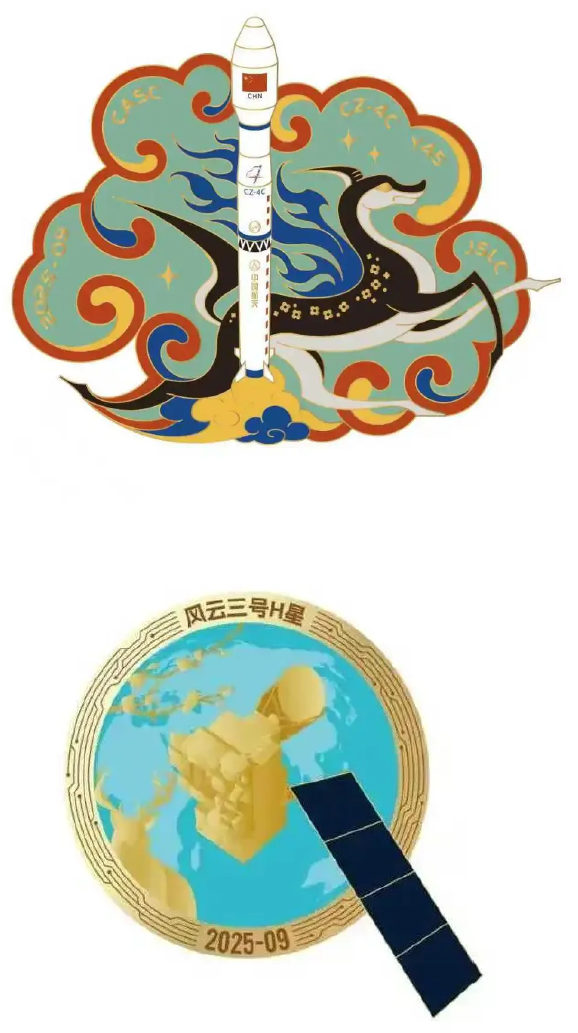
NEWS
Long March 4C launch vehicle was successfully launched with the Fengyun-3H satellite
发布时间:
2025-10-22 00:00
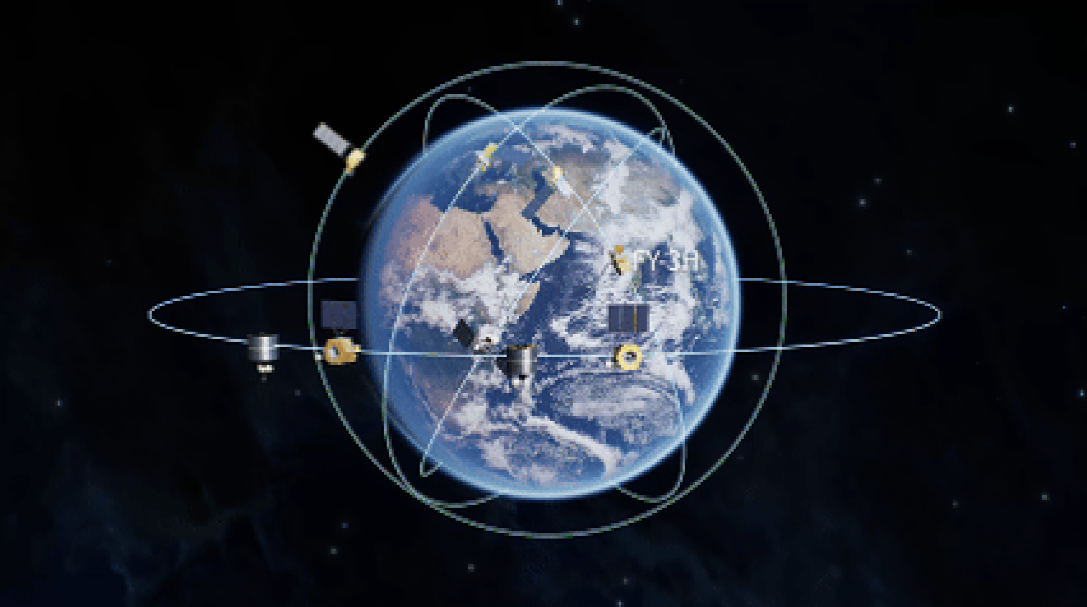
At 3:28 on September 27, 2025, the Long March 4C launch vehicle lifted off from the Jiuquan Satellite Launch Center, successfully deploying Fengyun-3H satellite into the destination orbit, signaling a complete success of the launch mission. Both the satellite and launch vehicle were developed by Shanghai Academy of Spaceflight Technology.
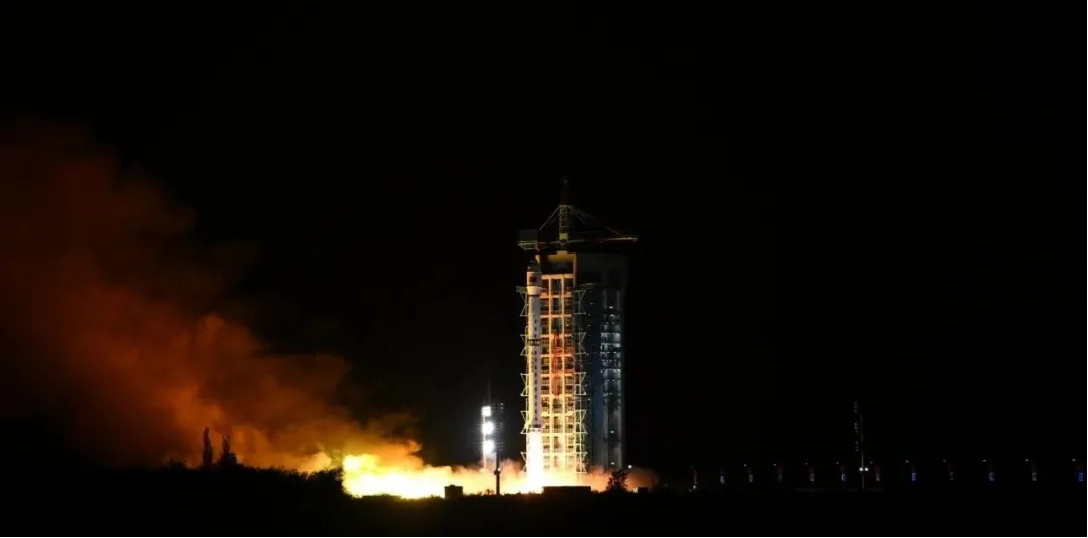
The Long March 4C launch vehicle is a level 3 launch vehicle with liquid propellant of normal temperature, featuring excellent performance and widespread usage. Designed to accommodate different types of satellites, the Long March 4C offers flexible launch options and is capable of deploying satellites of various types into different orbits. It can conduct both single-satellite and multiple-satellite launches, with a payload capacity of up to 3 tons for deploying satellites into a 700-kilometer sun-synchronous orbit.
The Fengyun-3H satellite launched in this mission is the 8th satellite of Fengyun-3 launch vehicles in China’s second-generation low-Earth-orbit meteorological satellite series. It also marks the 22nd consecutive successful launch of Fengyun meteorological satellites. The satellite is primarily intended for weather forecasting, atmospheric chemistry studies, and climate change monitoring.
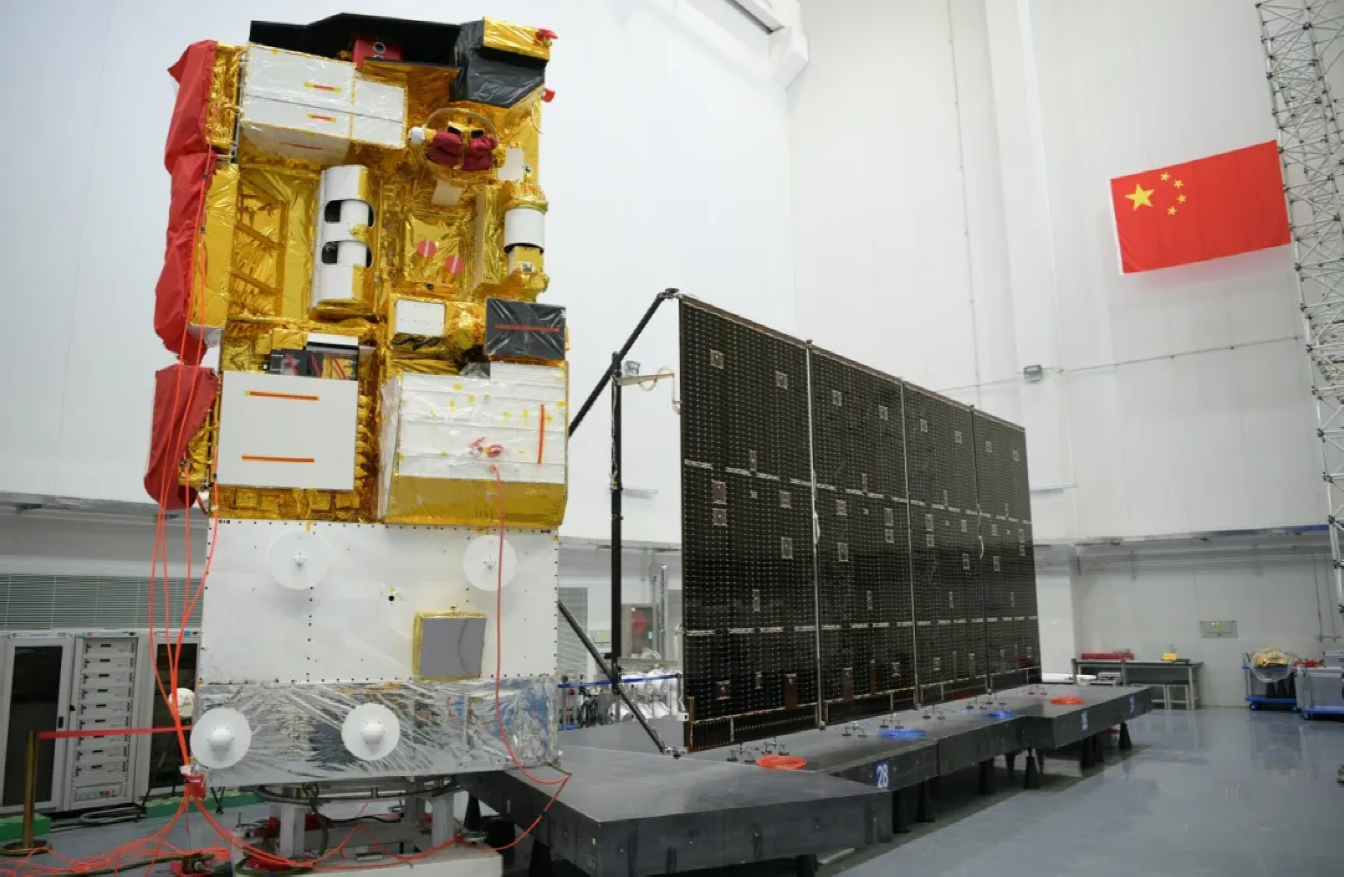
The Fengyun-3H satellite is equipped with nine remote sensing instruments, including a medium-resolution spectral imager, an infrared high-spectral-resolution atmospheric sounder, a microwave thermometer, a microwave humidity sensor, a microwave imager, a global navigation satellite occultation instrument, a high-spectral-resolution greenhouse gas monitor, an ionospheric photometer, and a wide-angle auroral imager. It will achieve, for the first time internationally, high-precision global greenhouse gas measurements with a swath width of 100 kilometers. Its overall capabilities have reached the international advanced level.
The Fengyun-3H satellite offers high quantitative accuracy, with its spectral calibration precision reaching the picometer level. It features strong overall capabilities, and can achieve full-spectrum, quantitative observations on a single platform. The satellite can remotely measure a comprehensive range of atmospheric elements, including temperature, humidity, wind, precipitation, and clouds, while simultaneously collecting remote sensing data on global greenhouse gases, auroras, and the ionosphere.
The Fengyun-3H satellite can monitor snow and ice cover and sea surface temperature from the orbit, providing remote sensing data needed for short-term climate forecasts and climate change projections. It can collect global atmospheric chemistry distribution data to improve the capabilities for responding to climate change. The satellite can also monitor natural disasters, ecosystems, and the environment from the orbit to improve the response to weather- and climate-related hazards and emergencies, as well as the overall meteorological disaster prevention and mitigation capabilities. Additionally, it can conduct in-orbit monitoring of auroras and the ionosphere, strengthen the space weather monitoring and early warning capabilities and improve space weather forecasting and guarantee services.
As the final satellite of the Fengyun-3 series, the Fengyun-3H satellite will form a network with the E, F, and G satellites, achieving 100% coverage of global observational data and guaranteeing the core businesses in the meteorological field. In orbit, the satellite can acquire the meteorological parameters required for numerical weather prediction assimilation. The data update interval will be reduced from 6 hours to 4 hours, extending the forecast lead time by approximately 24 hours. The forecast accuracy is expected to improve by about 3%, and disaster monitoring timeliness will nearly double, which will significantly improve the weather prediction capabilities.
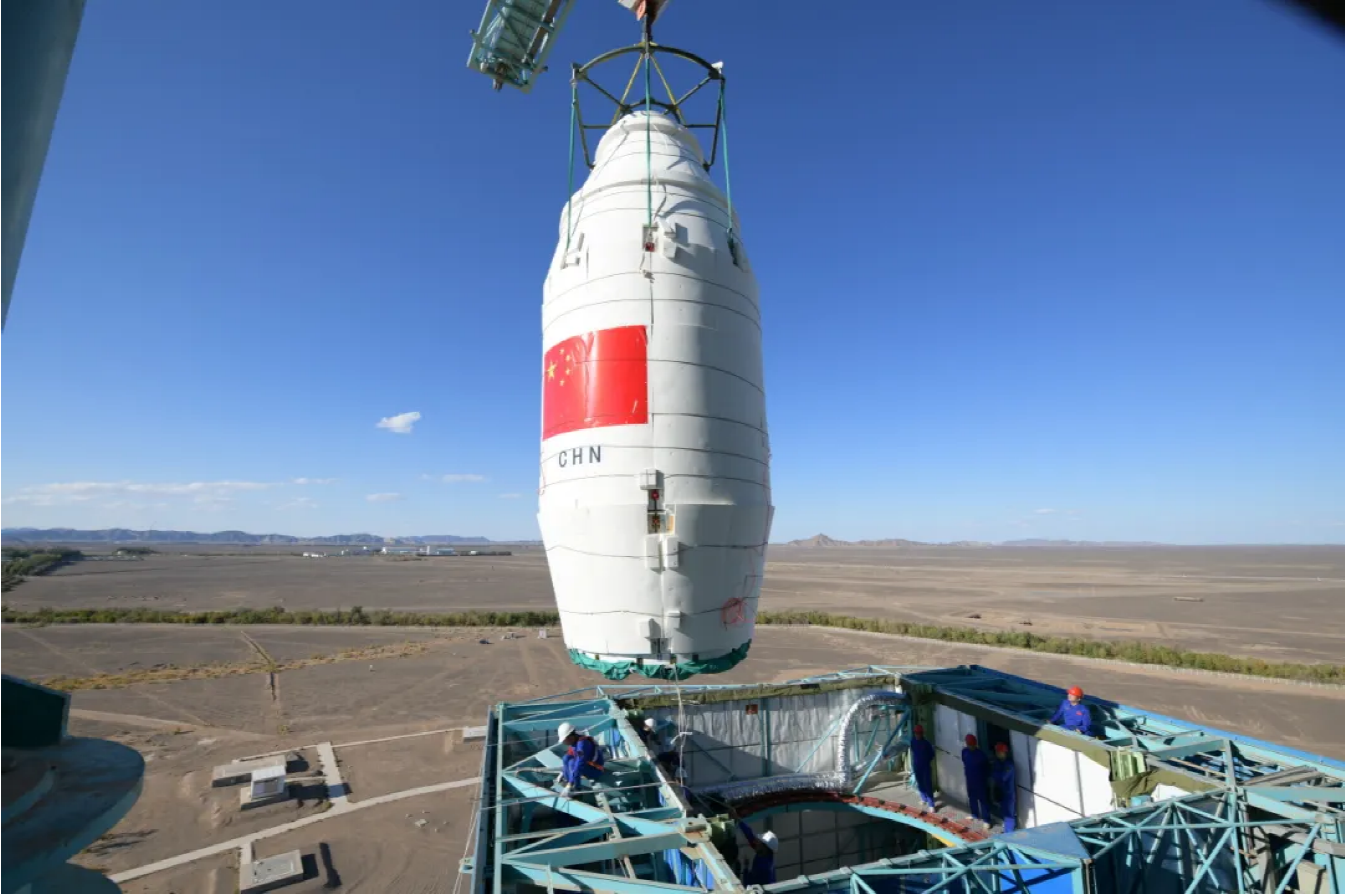
During the execution of this mission, multiple launch missions were conducted at the launch site in parallel, which further compressed the work schedule. Facing the challenges such as limited site space and overlapping personnel work hours caused by process adjustments, the Long March 4C development team prepared response plans in advance, and scientifically coordinated personnel allocation and process optimization to ensure the mission progressed in an orderly manner, demonstrating a meticulous and cautious attitude. Under the leadership of the chief designer and chief commander, the Long March 4C test team consistently upheld the “tenacious, pragmatic, united, and enterprising” spirit. They focused on their respective roles, carefully documented every detail, and conducted strict inspections to leave no detail unchecked. In response to the risks possibly arising from process changes, the team carried out advance planning, comprehensive identification, and precise identification of potential issues. Multiple pre- and post-event reviews and several rounds of scenario-based simulations and rehearsals were conducted on key steps, which effectively improved the work quality at the launch site and ensured the complete success of this launch mission.
